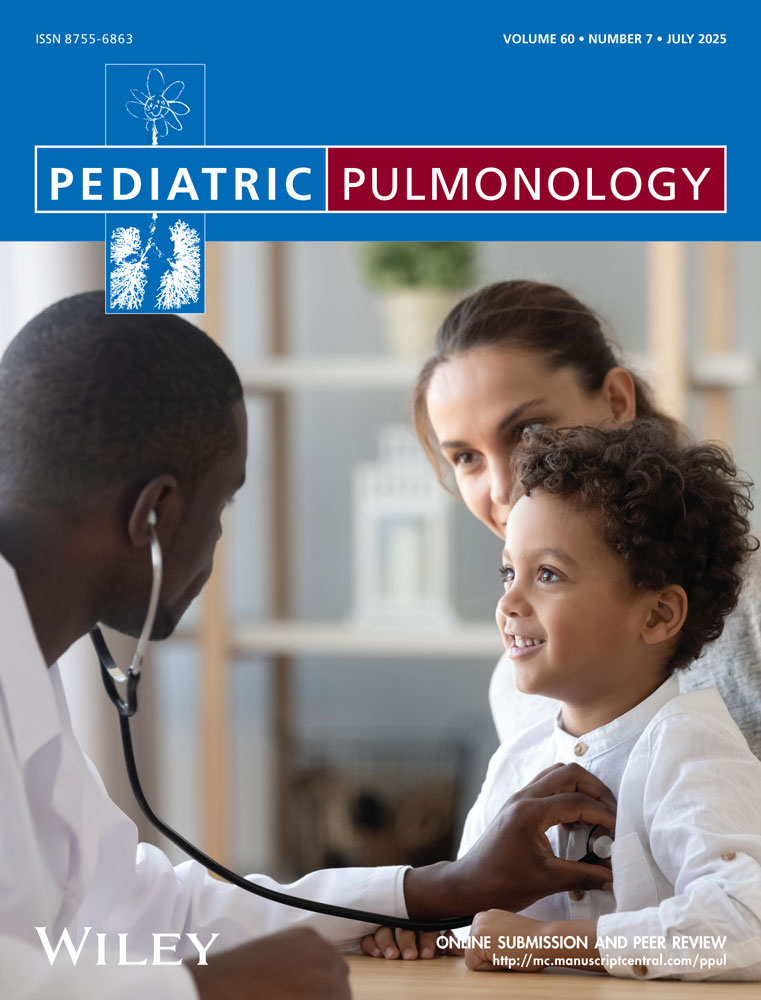Hering–Breuer reflex, lung volume and position in prematurely born infants
Abstract
Objectives
To investigate the effect of position on the strength of the Hering–Breuer reflex in prematurely born infants and determine whether any differences seen were related to differences in lung or tidal volume between positions.
Working Hypothesis
Position related differences in the strength of the Hering–Breuer reflex relate to differences in lung or tidal volume.
Study Design
Prospective observational study.
Patient/Subject Selection
Eighteen infants, median gestational age 30 (range 25–32) weeks were studied.
Methodology
Infants were examined in the supine and prone position, each position was maintained for 2 hr. At the end of each 2-hr period, the strength of the Hering–Breuer reflex was assessed by determining the prolongation of expiration following an end inspiratory occlusion. In addition, tidal volume and functional residual capacity (FRC) were assessed in each position.
Results
The strength of the Hering–Breuer reflex was greater (P = 0.01) and the mean FRC was higher (P < 0.0001) in the prone compared to the supine position. The position related differences in the strength of the reflex correlated significantly with position related differences in FRC (P = 0.05).
Conclusions
The Hering–Breuer reflex is stronger in the prone compared to the supine position. Our results suggest this is explained by position related differences in lung volume. Pediatr Pulmonol. 2008; 43:767–771. © 2008 Wiley-Liss, Inc.




